Ease the financial burden on drivers with PayByPhone’s fleet management solution
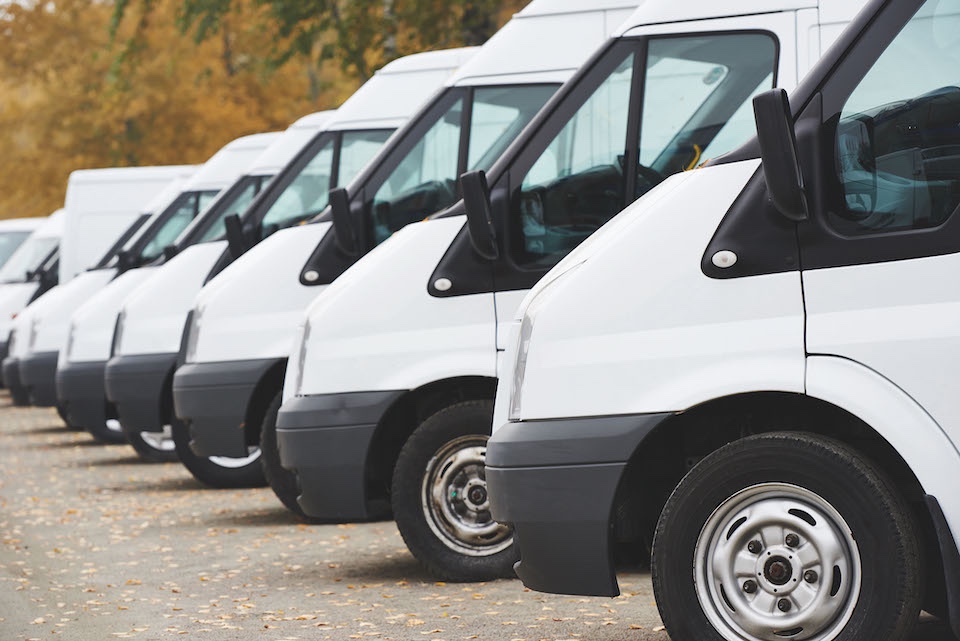
The cost-of-living crisis is putting pressure on businesses as fleet managers look to ease the financial burden on their drivers who fork out parking fees and must wait for reimbursement. PayByPhone Business, the dedicated parking solution for fleets and on-the-go workforces from the global leader mobile parking payments PayByPhone, is the answer. UK inflation has […]
Turning fleet data insights into automatic actions

By Mark Thomas, EVP Marketing & Alliances, Ridecell How Automation Technology Can Transform Your Fleet Data has become invaluable for fleet-based businesses. Organizations are increasingly leveraging more data from telematics and dashcams, where everything from real-time engine diagnostics to crash detection is readily available. But while GPS tracking information and data dashboards provide benefits for […]
Everything you need to know about installing EV chargers at your workplace
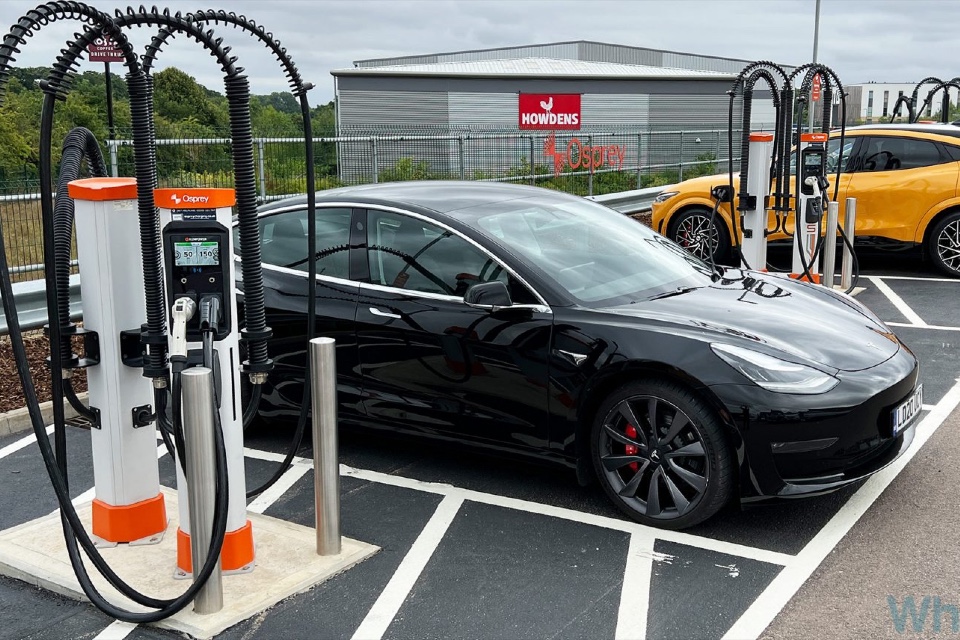
Installing a consumer charger is a relatively simple business. Contacting your local Distribution Network Operator (DNO) for an authorisation code, getting a qualified electrician in for the install and testing and then using your new home charger is really straightforward. However, doing the same thing for a commercial premises can be rather more complicated. While […]
How delivery drivers became the centerpiece of the heatwave crisis

By Andrew Tavener, Head of Marketing, Descartes This year, the UK has become subject to heatwaves of record-breaking temperatures, widely attributed to climate change. Over the next week, parts of the UK are expected to hit highs of 30 degrees once again, encouraging many of the general public to stay indoors, work from home and […]
These are the laws you’re most likely to break while driving
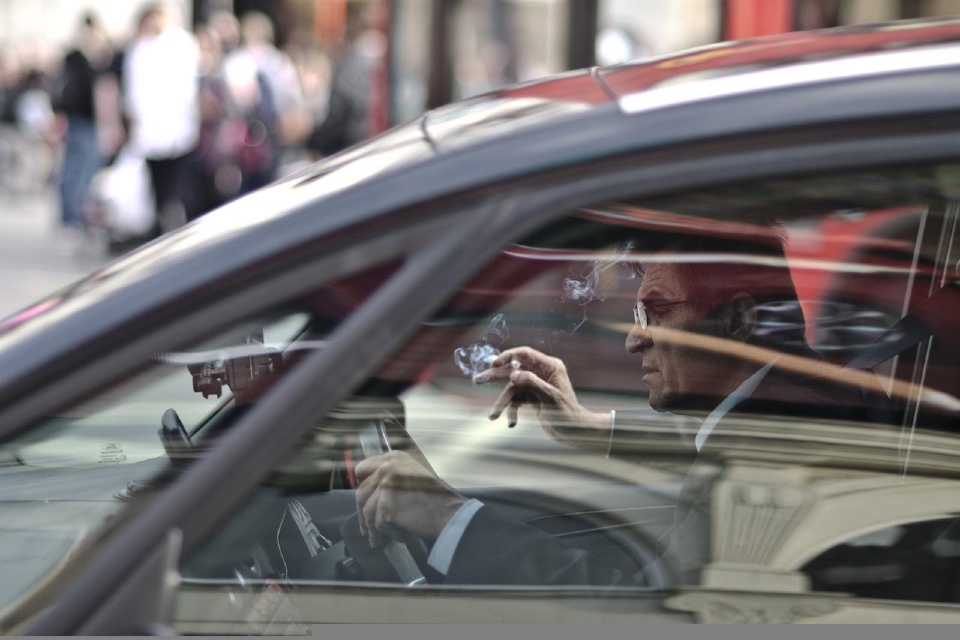
How well do you and your fleet of drivers know the Highway Code? Chances are, the answer is not as well as you think! Though you might be as confident as anyone behind the wheel, there are plenty of little-known motoring laws that people around the UK break without knowing every day. You might have […]
CASE STUDY: Why Tesco chose Lightfoot to improve driver performance
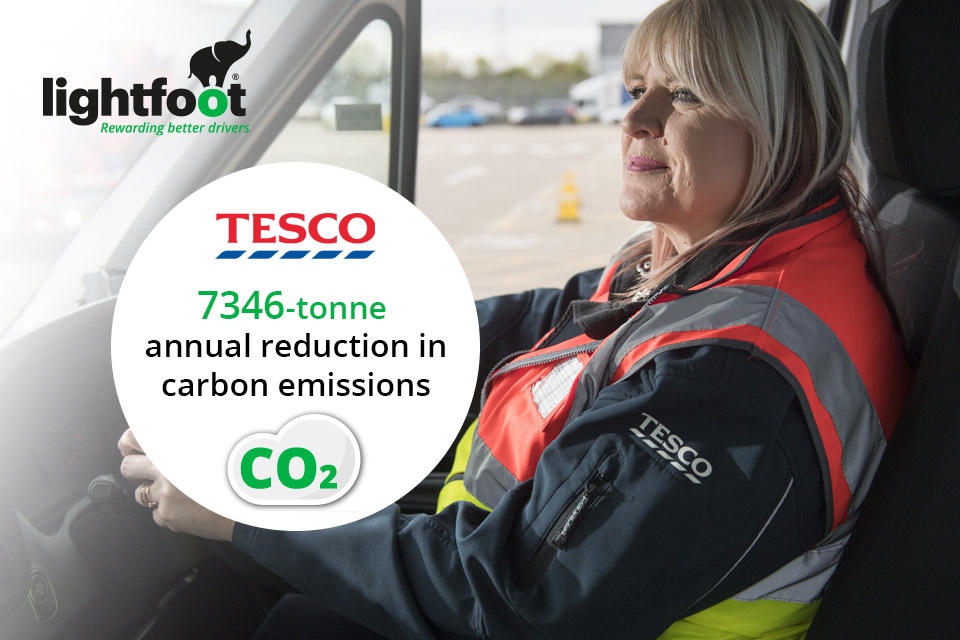
Pioneering green tech company Lightfoot have released a new video focusing on their partnership with Tesco, which highlights how the game-changing in-cab driver coaching technology and accompanying driver rewards app have revolutionised the grocery delivery fleet’s operations. Speaking on the impact that Lightfoot has had on the Tesco fleet, Mark Stravens, Head of Driver Operations […]
SMMT: UK car production down a fifth in 1H22 though shortages ease
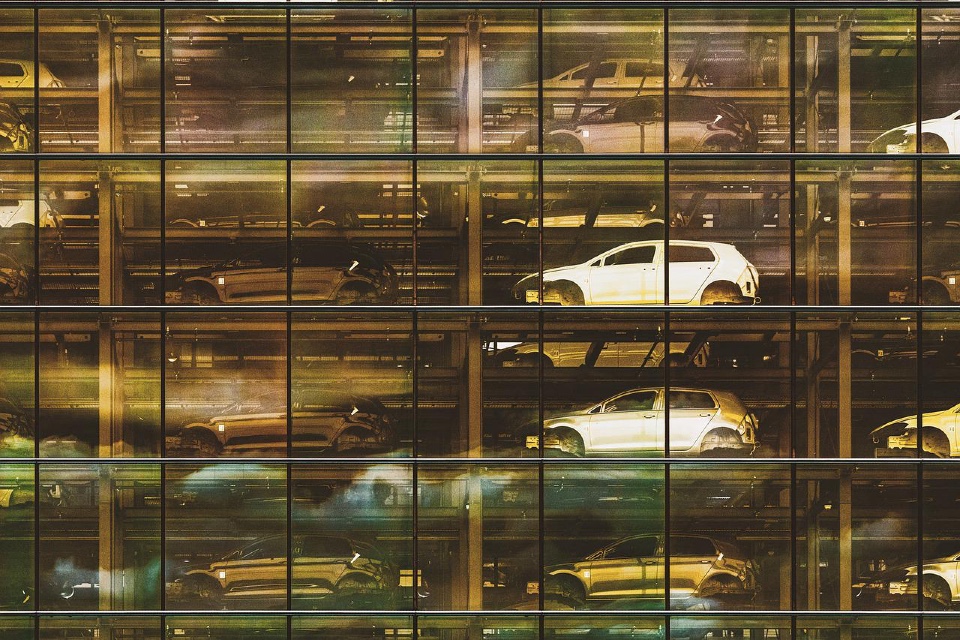
UK car production declined -19.2% in the first six months of the year, according to figures published today by the Society of Motor Manufacturers and Traders (SMMT), with 95,792 fewer vehicles built compared with the same period in 2021. 403,131 units were built, representing the weakest first half since the pandemic-ravaged 2020 and worse than […]
Government touts ‘success’ of transport decarbonisation measures
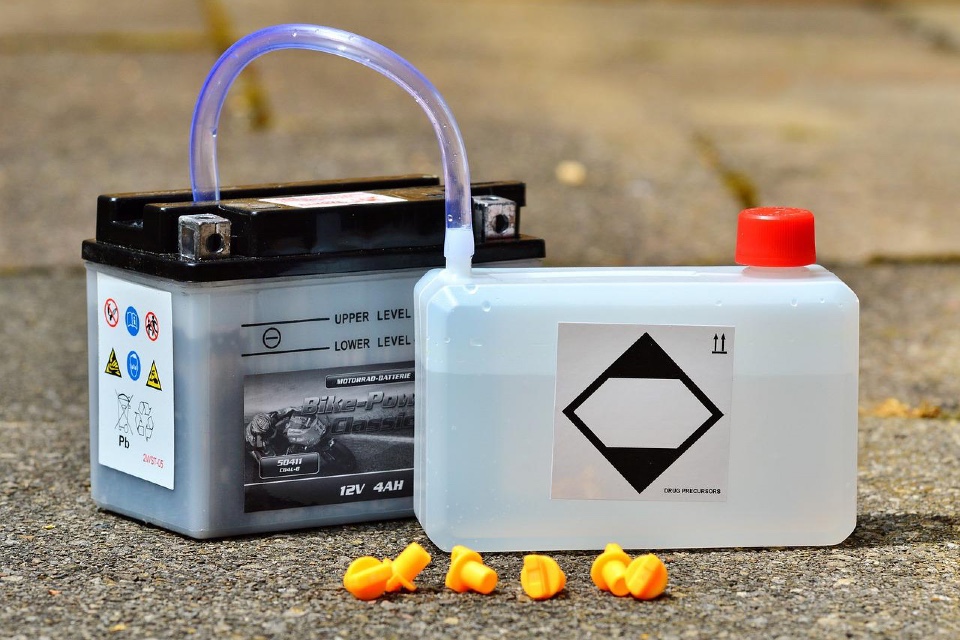
Electric motorbikes and mopeds will soon become the norm on UK roads, said the Government, as it set out a range of measures to mark a year of success since the Transport Decarbonisation Plan was introduced. The plan set out the UK’s ‘greenprint’ to create cleaner air, healthier communities and tens of thousands of new […]
Find out how much you could lower your fleet’s fuel consumption today

Lightfoot’s fuel and emissions calculator will show you how much your fleet could be saving simply by training your drivers on the go and helping them to drive more efficiently in real-time. The green tech company’s game-changing in-cab driver coaching technology helps create cleaner, greener fleets by steering drivers towards a smoother driving style through […]
Greener Transport Solutions lobbies Chancellor on carbon tax

Greener Transport Solutions has called on the Chancellor to introduce a ‘universal carbon allowance’ to help households cope with the cost-of-living crisis and accelerate the transition to net zero. The not-for-profit cites the war in Ukraine means that oil and gas prices have risen sharply, whilst food prices have hit record highs, while last week […]


